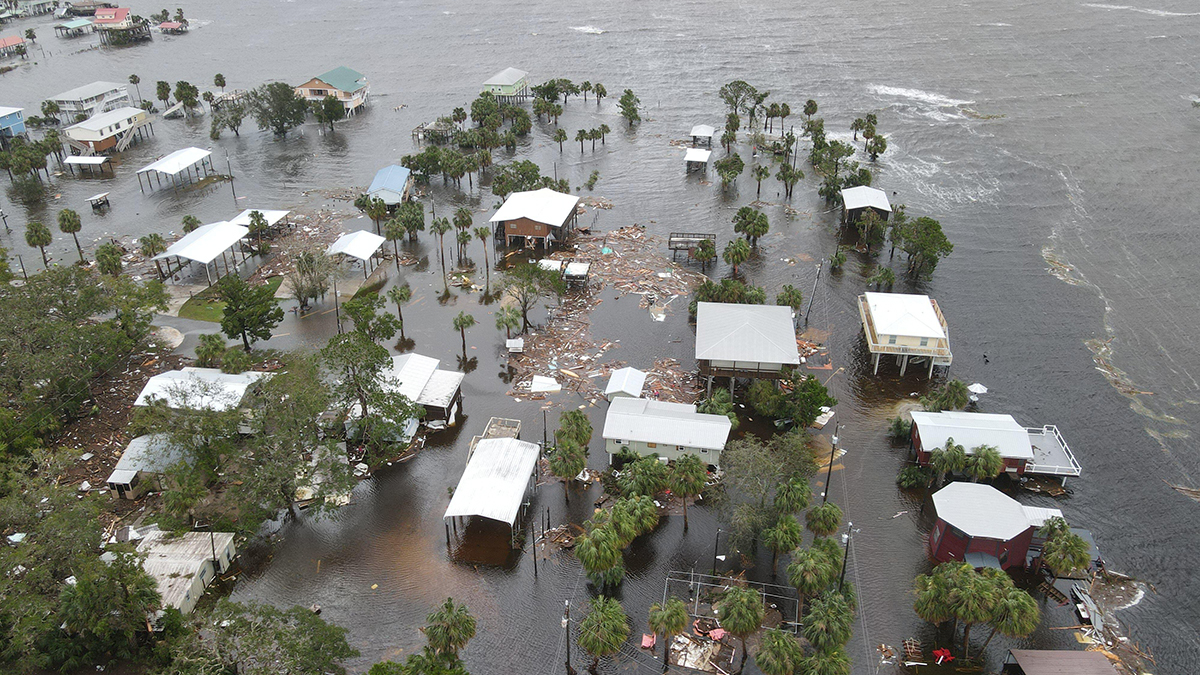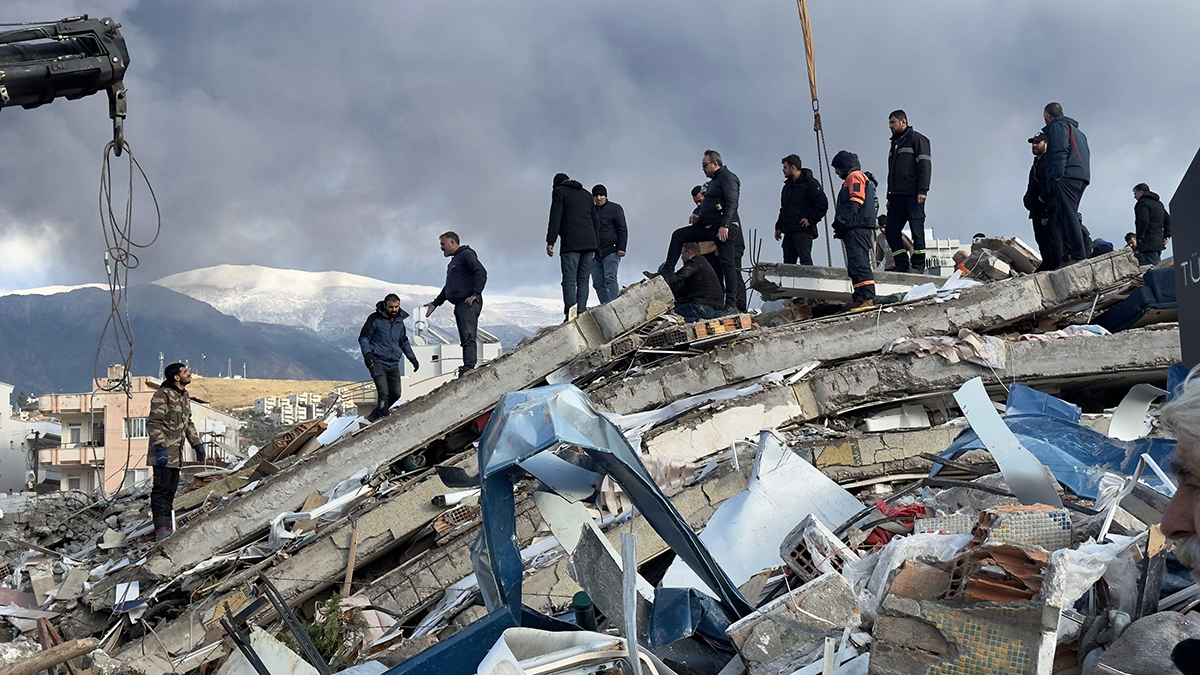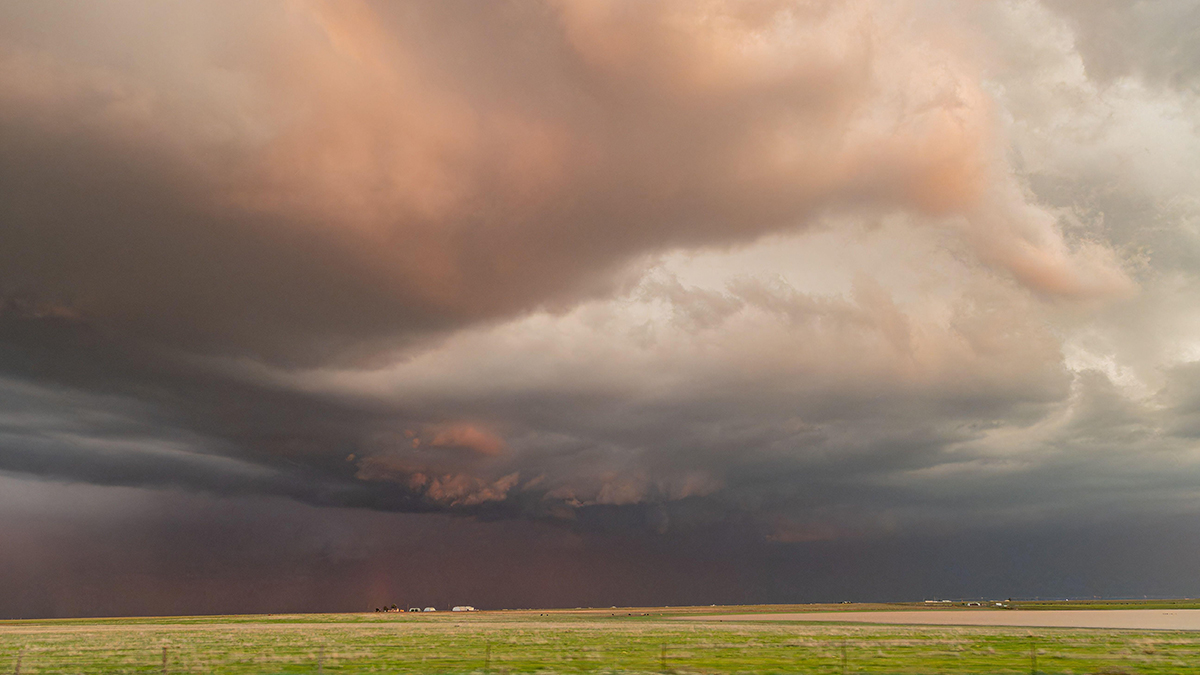Viewpoint: Can reinsurers now sustainably underwrite natural catastrophe business?
Recent trends in the risk landscape, combined with advances in the industry’s ability to assess and model risk, are beginning to paint a more favourable picture
For much of the past decade, the ability of reinsurers to sustainably underwrite natural catastrophe risk – and to demonstrate this ability to stakeholders – has been in question and under threat
With record high levels of cedant retentions combining with elevated pricing levels in property catastrophe reinsurance, this is an unprecedented historical opportunity for reinsurers to earn sustainable returns in excess of capital costs.
However, with exposure growth amplified by high inflation levels and in the face of continued, elevated climate variability, are property cat reinsurers’ longer-term returns still likely to be highly volatile from year to year?
Increased cedant retentions
The proportion of on-levelled historical property catastrophe losses ceded to reinsurers is at a record low. In fact, our own analysis suggests an estimated 67% of all price-adjusted historical natural catastrophe losses would be retained by cedants at current retention levels – up from 64% at 2023 levels.
If these retention levels remain as they are, it increases the likelihood of longer-term returns being sustainable for reinsurers.
However, some property markets may see further exits in capacity by cedants as their business models come under threat – partly from increased retention of natural catastrophe volatility and also from the inability to fully re-price original business because of regulatory or competitive pressures. Given this shortage in re/insurance capacity, coverage gaps are likely to remain.
Reduced natural catastrophe loss activity
The tilt in favour of reinsurers was further compounded in 2023 by a large proportion of small and mid-sized natural catastrophe events when viewed from a global perspective.
Last year was unusual in only having one large catastrophe loss (more than $5bn from Türkiye's Kahramanmaras earthquake series in February – in red in chart 1), meaning property catastrophe reinsurers are likely to have experienced an outstanding year overall. Indeed, we estimate 2023 saw 94% of all natural catastrophe losses retained by cedants.
While a typical loss year may have seen a greater proportion of large losses, it is our view reinsurers are pricing and capitalising for a significantly higher level of natural catastrophe loss activity, illustrated by the Verisk modelled average annual loss (AAL) being 25% to 50% above the five- or 10-year average of annual natural catastrophe losses (see chart 2).
Natural catastrophe losses would then need to rise – and/or cedant retentions reduce – significantly for the current sustainable levels of underwriting returns to be un-wound.
Other evidence of sustainable returns
Looking back to 2022, on-levelled natural catastrophe losses were within 4% of those from 2017, but natural catastrophe loss ratios were significantly lower – between -16% to -55% in relative terms, depending on the cohort considered. They would have been lower still without Russia-Ukraine losses.
Therefore, as the financial reporting season progresses, we may expect 2023 natural catastrophe/major loss ratios to see further improvements, given the further rate hardening and, for reinsurers, increased cedant retentions (see chart 3).
Furthermore, S&P Global annually releases an analysis of reinsurers’ exposure to natural catastrophe losses first to their capital positions, “capital at risk”, and to earnings, “earnings at risk”. It is apparent from comparing 2019 and 2023 reports that the top 20 major reinsurers are now far less exposed to natural catastrophe volatility having an impact on earnings – while also exposing less of their capital to natural catastrophe lines – than during the soft market conditions. They are better capitalised for the inherent natural catastrophe volatility and are more explicitly pricing for the higher frequency perils.
Are we approaching the peak?
One area of uncertainty within this assessment is the continued emergence of significant volatility from these higher frequency or “earnings perils”. If we define “capital driving perils” as those that generate the largest one-in-250-year gross occurrence exceedance loss contribution for each territory, then remaining higher-frequency perils may be deemed as events that predominantly impact a company’s earnings – hence, “earnings perils” (see chart 4).
Focusing on international events, 2023 saw: the largest Italian hail loss in history (~$3bn to $3.5bn); European hail (August, $1.5bn, June $1.4bn); Beijing floods ($1.5bn); record New Zealand cyclone ($1.4bn) and flood ($1.3bn) losses; as well as further European floods (Italy, $0.6bn, Slovenia $0.3bn).
These “earnings events” represented almost 90% of the total natural catastrophe losses in 2023 – which raises the question: could their impact increase over time, given climatic and exposure-driven effects, to the point where some private markets for natural catastrophe risk may become increasingly uninsurable?
Last year continued the theme of the past few years in which losses have been driven by higher-frequency, typically atmospheric perils that erode earnings, but the latest advances in risk modelling are increasingly enabling re/insurers to confront this uncertainty.
What next?
Five to 10 years ago, a significant portion of the natural catastrophe risk landscape for these earnings perils was not modelled well, or at all, by the predominant vendors, meaning the risk was not always well capitalised or priced for. However, in recent years, the model landscape has expanded to cover most drivers of natural catastrophe losses and there have been concerted efforts to review pricing and capital setting for these perils.
Notable areas where the predominant vendors still have gaps in cover include Canada flood, US drought, Japan snowstorm, Australia flood and wildfire, New Zealand typhoon, Thai floods and China winter storm.
For perils such as European flood and hail where models remain nascent, recent loss events have raised the need to re-calibrate their vulnerability assumptions, the extreme event frequency assumptions or seasonal loss pattern to be consistent with recent history and represent current climate conditions.
Nevertheless, as we see re/insurers working with brokers to build ever more sophisticated models, they will increasingly be able to assess the likelihood of continued volatility from earnings perils – potentially supporting reassessments of natural catastrophe pricing levels, portfolio construction and reinsurance or retrocession strategy.
Turning back to the original question: at current levels of reinsurance capacity, natural catastrophe loss and price levels, it would appear return levels for natural catastrophe reinsurance are indeed sustainable. However, if there are material increases in capacity, and/or changes in natural catastrophe loss levels, this equilibrium state may very well change.
Tim Edwards is head of international analytics at Howden Tiger



